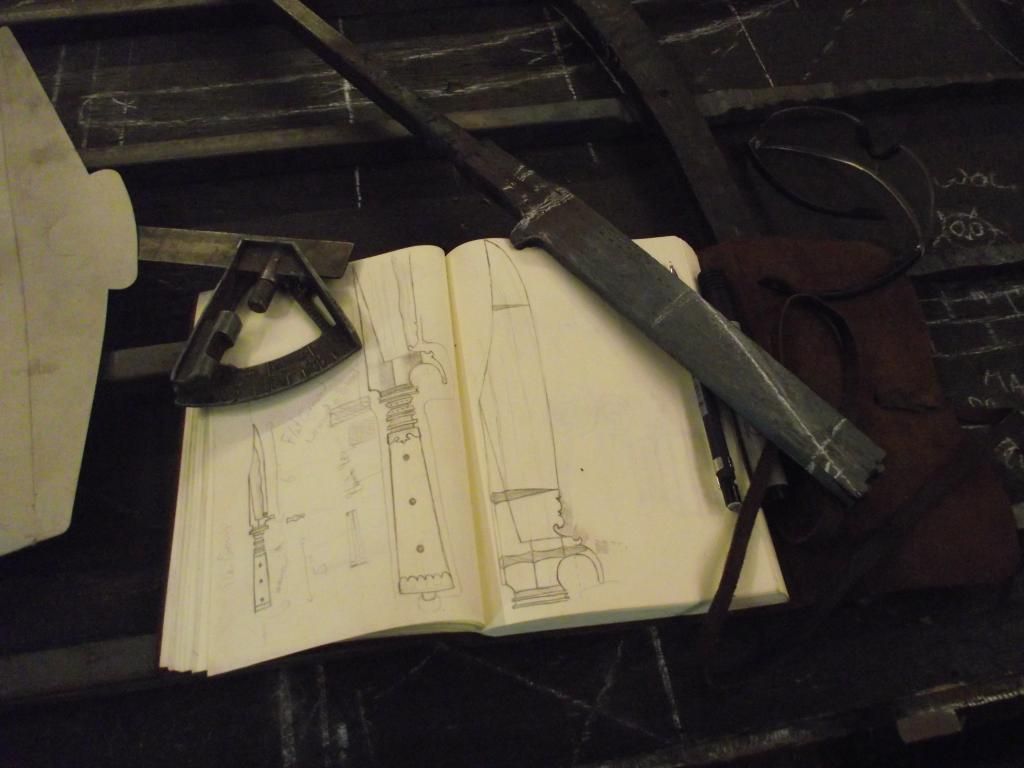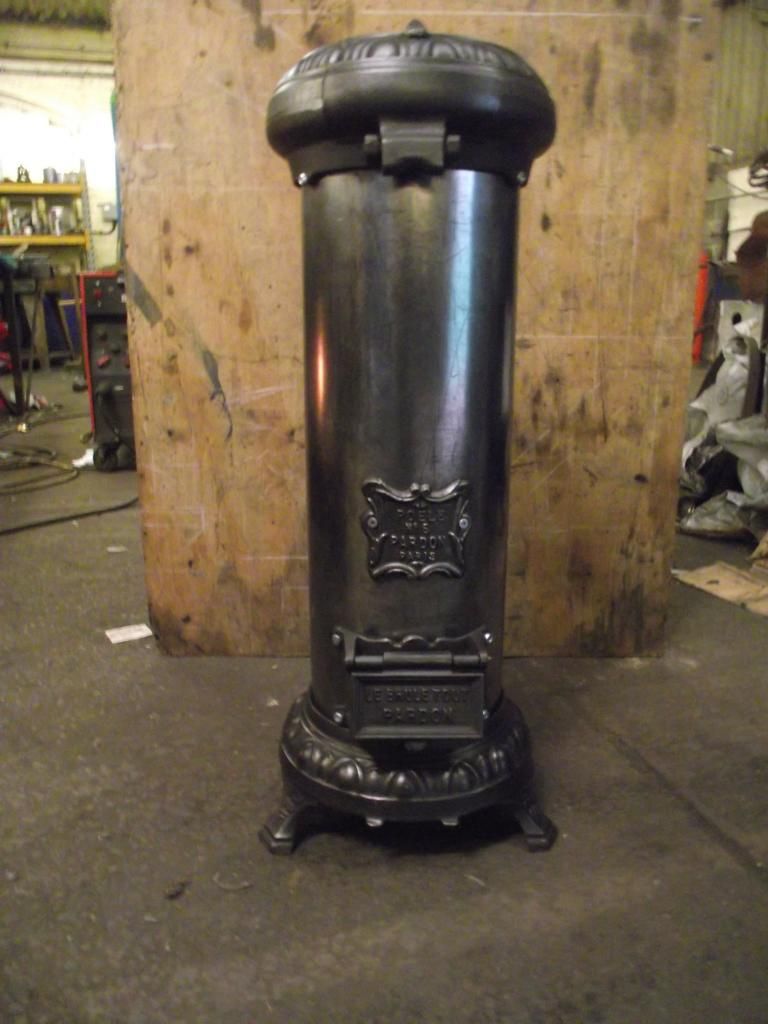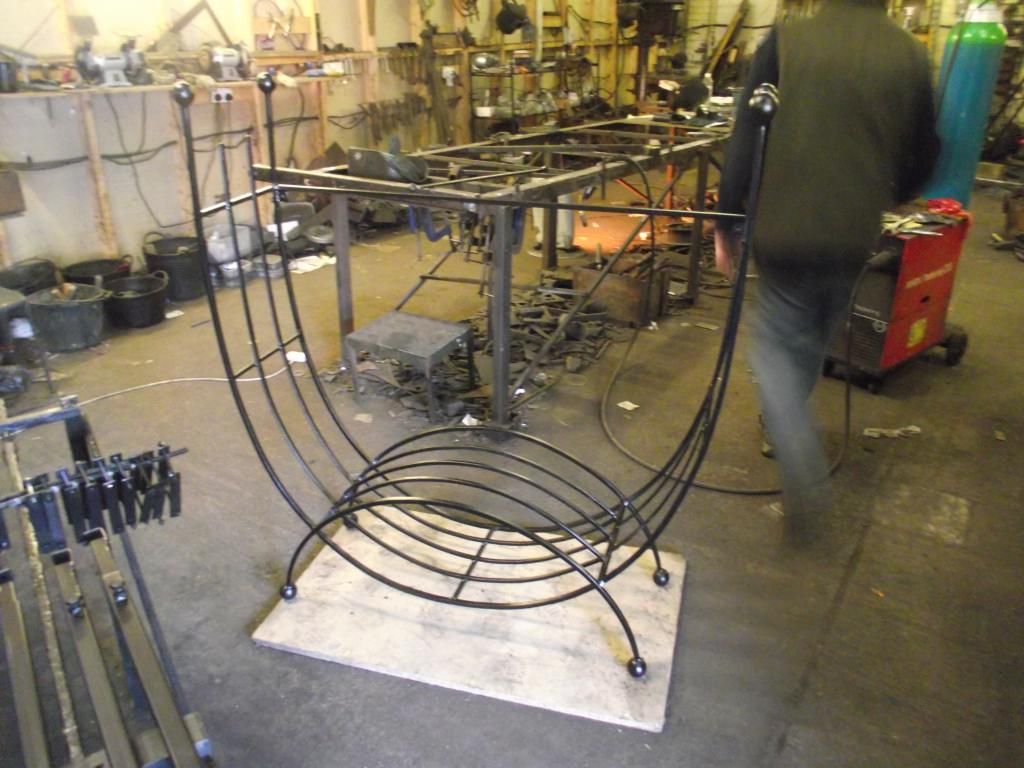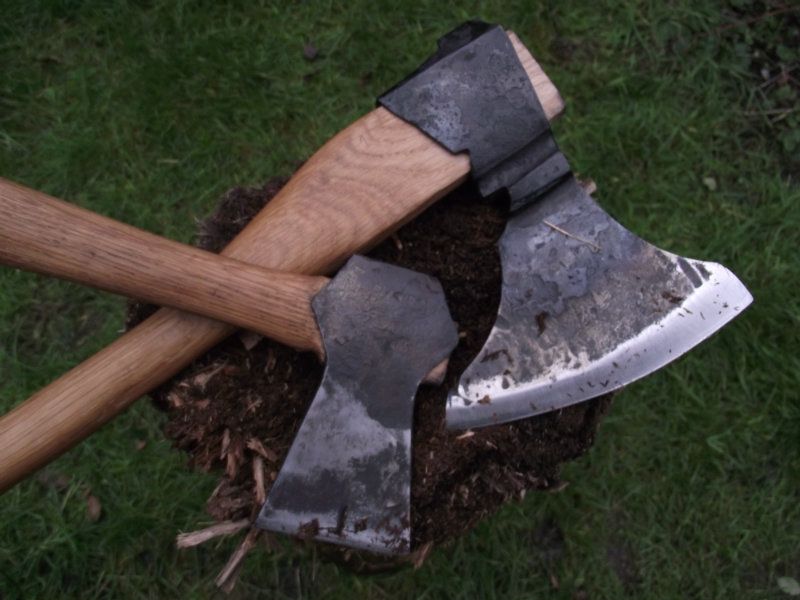Busy weeks have gone by since my last update.
Firstly this antique, French made charcoal burning stove we
restored from a ruined and rusty state. We had to make the three feet by 12”
cylinder by hand to fit the allocated slots in the casting. The Castings were decorated with laurel
leaves and olives. It was a pretty thing and now will function for another
century to come.
Four feet tall and three and a half feet wide.
To be honest, I am very proud of these axes. The technique
allows for a tremendous variety in design whilst remaining thoroughly rooted in
tradition. Tradition is truth when it comes to tool making. After years of
working in craft from timber framing to jewellery to decorative ironwork, I have
found repeatedly the tried and tested tools and methods are by far and away the
most ergonomic, efficient and beautifully ways to achieve our goals.
The method in question here, the “bowtie”, creates
a thick, strong poll which adds beautiful balance and heft. The method of
drawing out the cheeks is a joy to me. The form of these axes can be entirely
achieved by hand forging with little to no amendments with a file or grinder.
In this sense it is, to me, pure.
These hatchet heads weigh 1.5lbs each and are available,
made to order. Another advantage to this
symmetrical design is their ambidexterity, as they simply need to be hafted
from either side for use with the left or right hand.
Hafting in this case has been done with English oak we
reclaimed from a building site some months ago.
The hafts were initially axe- hewn then draw-knifed and filed and
scraped down for a smart finish. The eye was fitted tightly before the slot was
sawn and a fitted with a solid walnut wedge.
At all times when producing tool handles, effort must be taken to observe the grain flow of the timber used, ensuring correct orientation for maximum strength and durability. Whilst there are certainly some woods that are unsuitable for hafting, many species that are over looked by larger tool and axe manufacturers are more than adequate for smaller axe types- particularly those axes that are used sensitively for specialised purposes such as carving and hewing.
Axes are a passion for me because their making involves such
elegant process. If I can produce an axe for you, it would make me very happy.







